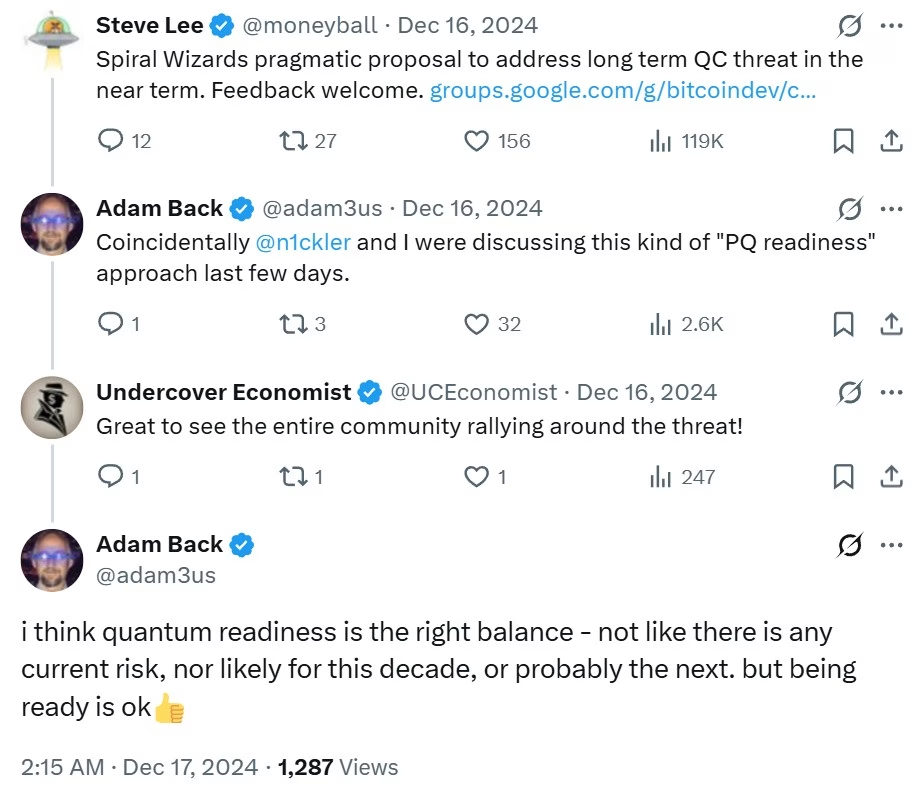Naoris, a cybersecurity firm focused on safeguarding digital assets from quantum computing threats, is offering bounties to anyone who can break the encryption algorithms that secure major blockchain networks.
In an announcement shared with Cointelegraph on Thursday, Naoris said it has set a bounty of $120,000 — equivalent to approximately one Bitcoin (BTC) — for successfully compromising key cryptographic algorithms used in the crypto industry.
The largest bounty, $50,000, is for anyone who can break secp256k1, the cryptographic standard that underpins Bitcoin, Ethereum and many other protocols. A $30,000 reward is available for breaking Ed25519, which is used by Solana, as well as encrypted messaging services like Signal and WhatsApp.
Naoris is also offering $20,000 for a successful attack on NIST P-256, the elliptic curve used in the Transport Layer Security (TLS) protocol, which secures internet traffic. Another $10,000 is set aside for breaking other elliptic curves, including P-224, P-384 and P-521.
What would happen if cryptography broke?
The bounties are set for breaking elliptic curve parameters, which are values or sets of values that define a specific elliptic curve used in cryptography, thereby determining the security and functionality of the cryptographic system.
Related: Quantum computers could bring lost Bitcoin back to life: Here’s how
The modern world heavily relies on cryptography, and the consequences of its being compromised would be dire and far-reaching.
If secp256k1 were compromised, Bitcoin and multiple other blockchains, the Lightning Network, many Ethereum layer-2 protocols and others would break. Current estimates suggest breaking this algorithm would require around 10 billion trillion years using today’s GPU technology.
A successful attack on Ed25519 would compromise the OpenSSH protocol used for secure server access, disrupt Git version control systems and threaten portions of the DNS security layer.
NIST P-224 is mostly used in legacy systems, such as old smartcards, and is set to be deprecated after 2030 by the US National Institute of Standards and Technology. It is about 30,000 times easier to break than 256-bit curves such as secp256k1.
Related: Bitcoin’s quantum countdown has already begun, Naoris CEO says
The quantum sword of Damocles hangs above Bitcoin’s head
While quantum computers are unlikely…
Click Here to Read the Full Original Article at Cointelegraph.com News…
